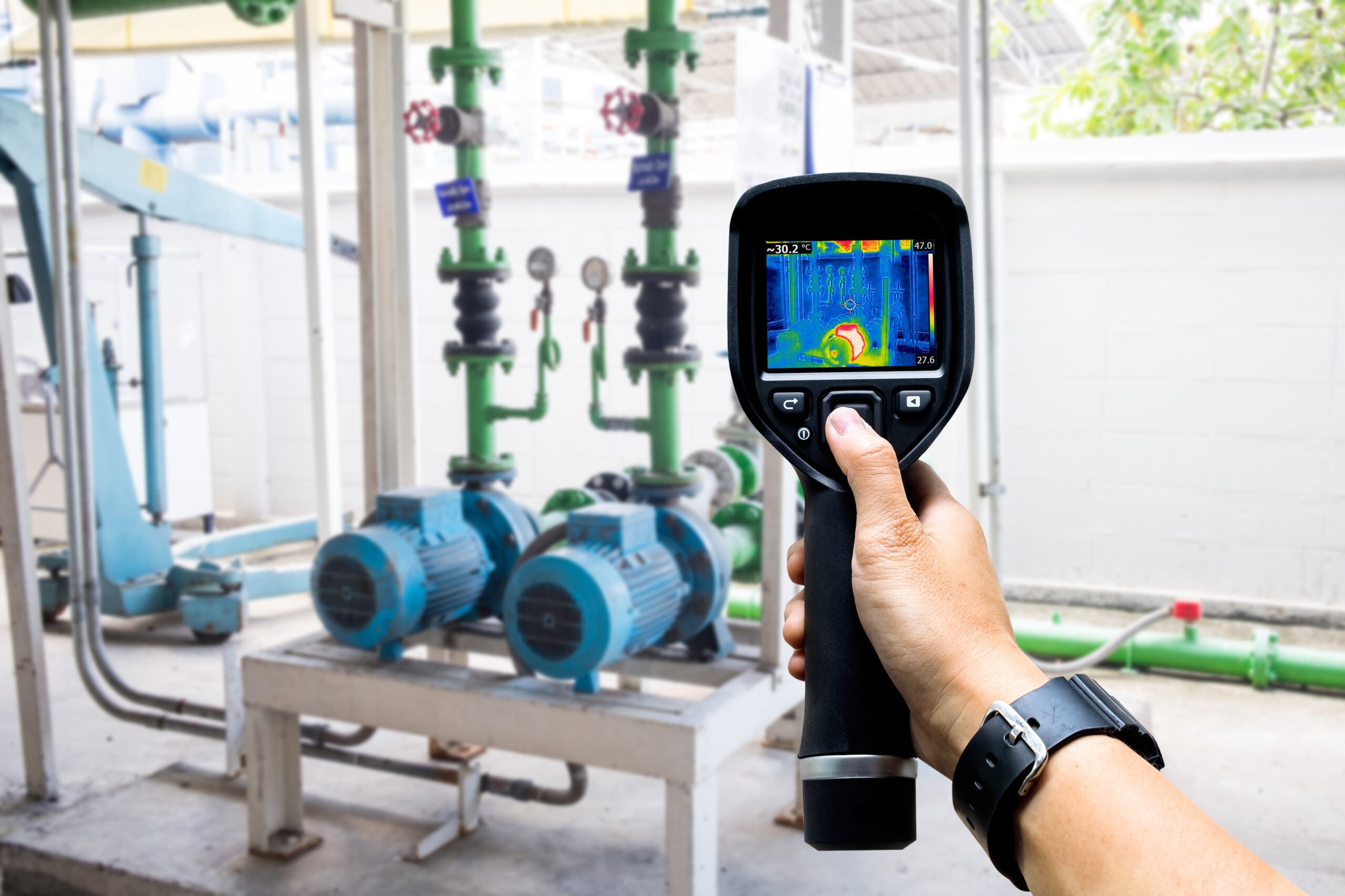Houston might not experience the harsh winters of the northern states, but when cold snaps do occur, they can catch residents off guard. Freezing temperatures, though infrequent, can cause significant damage to your plumbing system if precautions aren’t taken. Here’s a guide on how to protect your pipes from freezing and how effective these measures can be.
Understanding the Risk
While Houston enjoys mild winters, occasional cold fronts can bring temperatures low enough to freeze exposed pipes. This can lead to bursts and costly repairs. Understanding this risk is the first step in prevention.
Insulating Your Pipes
One of the most effective ways to prevent freezing is to insulate your pipes. Foam pipe insulation is widely available and easy to install. It’s particularly useful for pipes in unheated areas like attics, garages, and crawl spaces. By keeping the temperature around your pipes more consistent, insulation helps prevent the water inside from freezing.
Effectiveness: Insulating pipes can reduce the risk of freezing significantly, especially during short cold spells. However, during prolonged periods of sub-freezing temperatures, additional measures may be necessary.
Keeping a Drip
During extremely cold weather, letting your faucets drip can prevent pipes from freezing. The movement of water, even at a slow trickle, can prevent it from freezing. This is particularly effective for faucets connected to pipes that run through uninsulated areas.
Effectiveness: This method is highly effective for short-term cold snaps. It’s a simple and cost-effective measure that can save you from major plumbing issues.
Sealing Gaps and Cracks
Cold air can enter your home through gaps and cracks, especially around where pipes enter the house. Sealing these gaps with caulk or spray foam can help keep the cold air out and the warm air in, providing an extra layer of protection for your pipes.
Effectiveness: This measure not only helps in protecting your pipes but also improves your home’s overall energy efficiency. It’s a good practice for both winter and summer.
Installing Heat Tape
Heat tape or heat cables can be installed on pipes to keep them warm during cold weather. These tapes have built-in thermostats that turn the heat on and off as needed, providing constant protection against freezing.
Effectiveness: Heat tape is extremely effective, particularly for pipes that are difficult to insulate or in areas that are prone to freezing. However, it requires careful installation and monitoring to ensure safety.
Keeping Your Home Warm
Maintaining a consistent indoor temperature, even when you’re not home, can help protect your pipes. Keeping your thermostat set to at least 55°F (13°C) ensures that your pipes stay warm enough to prevent freezing.
Effectiveness: This is a simple yet effective measure. It ensures that your entire plumbing system benefits from a warm environment, reducing the risk of freezing pipes.
Conclusion
While Houston’s winters are generally mild, occasional cold snaps can pose a real threat to your plumbing system. Taking steps to insulate your pipes, seal gaps, and maintain a steady indoor temperature can significantly reduce the risk of frozen pipes. By being proactive, you can avoid the inconvenience and expense of dealing with burst pipes and water damage. Implementing these measures is not only effective but also provides peace of mind during those rare Houston cold fronts.
4o



